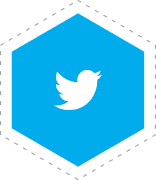Loyal retail sales associates mean better sales for product manufacturers. Here’s a story on the benefits of training sales associates to love your brand—and how to do it through mobile sales enablement.
I’m going to tell you the story of the best shoes I’ve ever owned.
Many years ago, my dad gave me some money to get new shoes. I was a teenager, going through my skateboarding phase—yes, I got over it—and I wanted my shoes to look swaggy as hell. I wanted to look like Tony Hawk and Chad Muska and all the other skateboarders my friends and I saw at the X Games.
I ran to the store, anxious to spend the $60 my dad gave me on the coolest shoes I could find. I already knew which ones I wanted. The new Chad Muskas—the signature shoe of my favorite skateboarder—had just arrived. And, by God, I was gonna get them, no matter what they looked like, no matter the cost.
Once I got to the shoe-covered wall inside the store, I froze.
The Chad Muskas were these yellow-and-green-and-orange monstrosities that no sane 14-year-old kid would want to wear. And then there was the price tag: $100.
That’s when the sales guy came over to help. I don’t remember his name, but let’s call him John. John said hi and asked me if I needed some help.
“Well, I’m looking for the new Chad Muskas,” I said back.
“Oh yeah, man, they’re right over here,” he said, pointing at the monstrosities I already had my eyes on.
I cringed, and he noticed.
“They’re not the prettiest-looking shoes, huh,” he said.
“I—I don’t know, man. It’s the Chad Muskas—but…”
John smiled and leaned toward me.
“Look, they’re expensive and they’re kind of hideous. I know you want to look cool and impress your friends. I get it, but Chad Muska is going to go away pretty soon. You know who’s going to be big at the X Games? Bob Burnquist. Check out his new shoes.”
He pointed at some way-prettier black shoes with blue and gray details. I remembered the name Bob Burnquist from the magazines my friends and I read.
“How much are these?” I asked.
“$60, but I’ll give you a discount. You can have them for $50.”
“Really?” I smiled. I could even save some money (that I would absolutely not give back to my dad, of course).
“Yeah, man. Trust me, you’re gonna have the coolest shoes in town.” John smiled as we walked to the cashier.
A few months later, when Bob Burnquist won gold at the X Games, my friends asked, “Hey, isn’t he the guy from your shoes?”
***
I was lucky. Instead of walking out with expensive, ugly shoes, I ended up with a great product thanks to the help of an informed, well-trained, and empathic sales associate. Thanks, John!
While the younger me thought he knew what he wanted, these days customers often walk in the door with much more knowledge. Before they buy, they do their research, read reviews, and speak to people they trust about products.
As Danielle Hart, Director of Marketing at SweetRush, explains, knowledgeable customers have high expectations for sales associates. Customers expect associates to be one step ahead of them and to fully grasp the product as well as make recommendations for their specific needs.
“This situation is an opportunity for product manufacturers: If sales associates are more knowledgeable about their products, they will sell more of their products rather than their competitors’,” wrote Hart in her article “Enabling Sales and Building Brand Loyalty with Mobile Performance Support.”
She adds: “And, if the manufacturer provides sellers with tools that make selling easier, it can build brand loyalty and affinity with associates, which can also lead to increased sales.”

Taking sales associates “off the floor” to train them to sell your products at a retail store is not realistic. That’s why anyone who needs to upskill and support retail associates should be thinking mobile sales enablement.
“With mobile performance support, sales enablement, and product knowledge training can be seamlessly integrated—guiding the sales process, offering just-in-time learning, and reducing training and selling time for associates,” adds Hart. It also provides an opportunity to integrate augmented reality (AR), which can increase the engagement factor for associates.
Head over to Training Industry and read “Enabling Sales and Building Brand Loyalty with Mobile Performance Support” to learn about best practices for developing tools for mobile sales enablement.
And for more insights and considerations for implementing AR, check out What Augmented Reality Training Is And How To Leverage It In Your L&D Process.

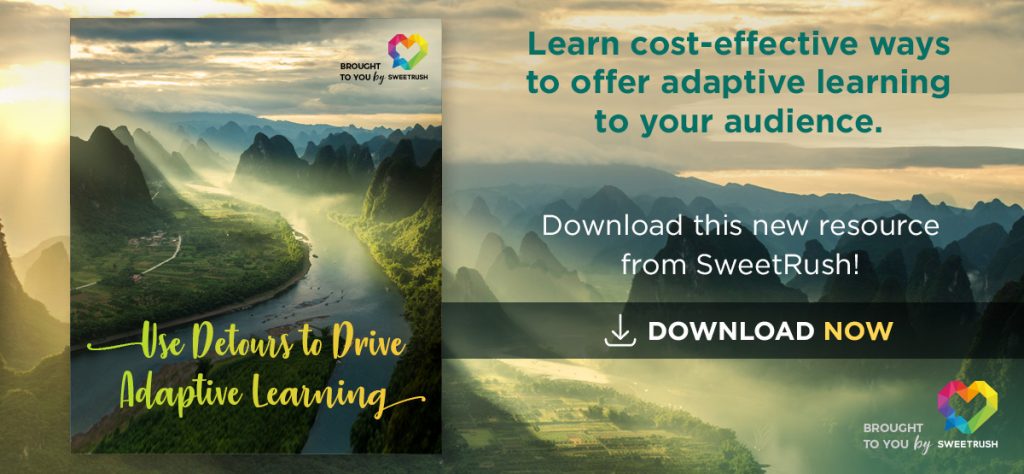
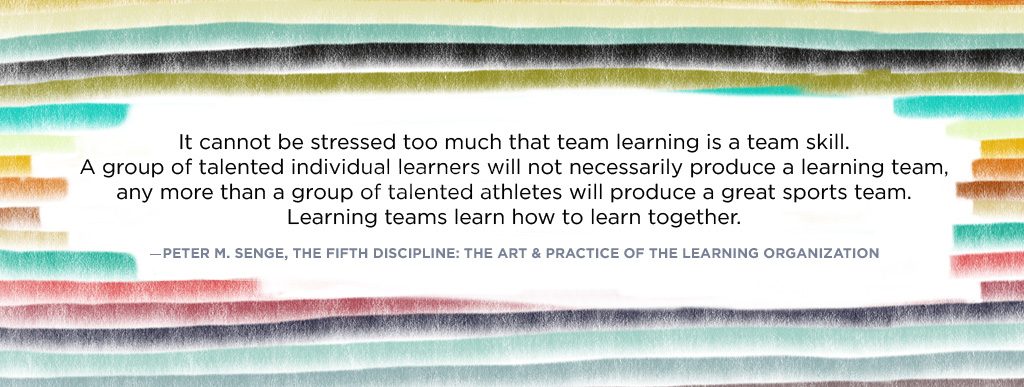
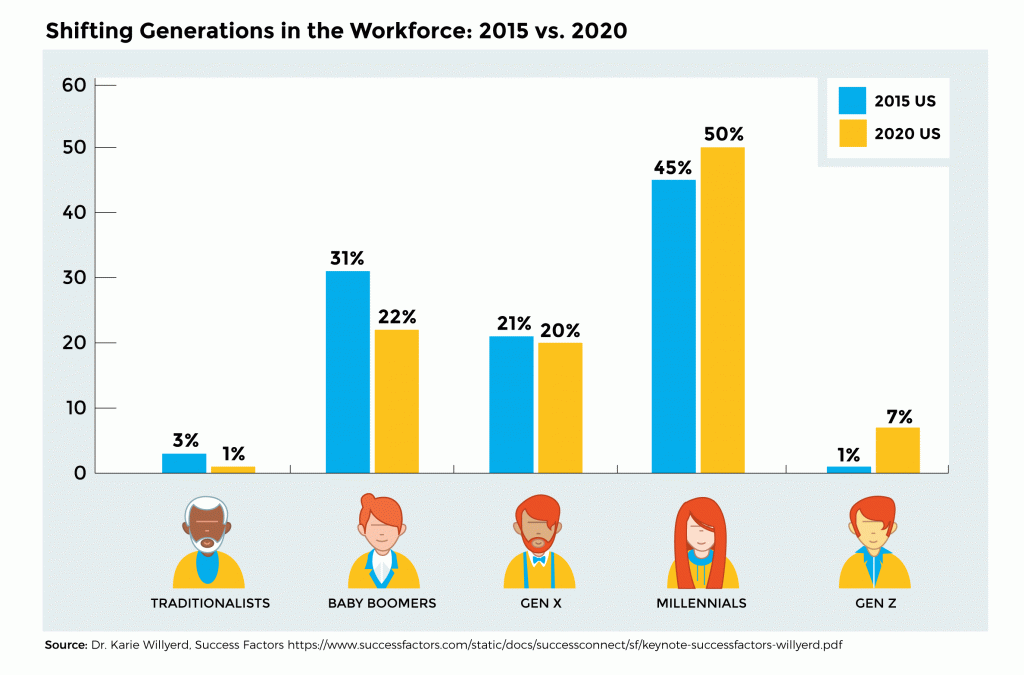
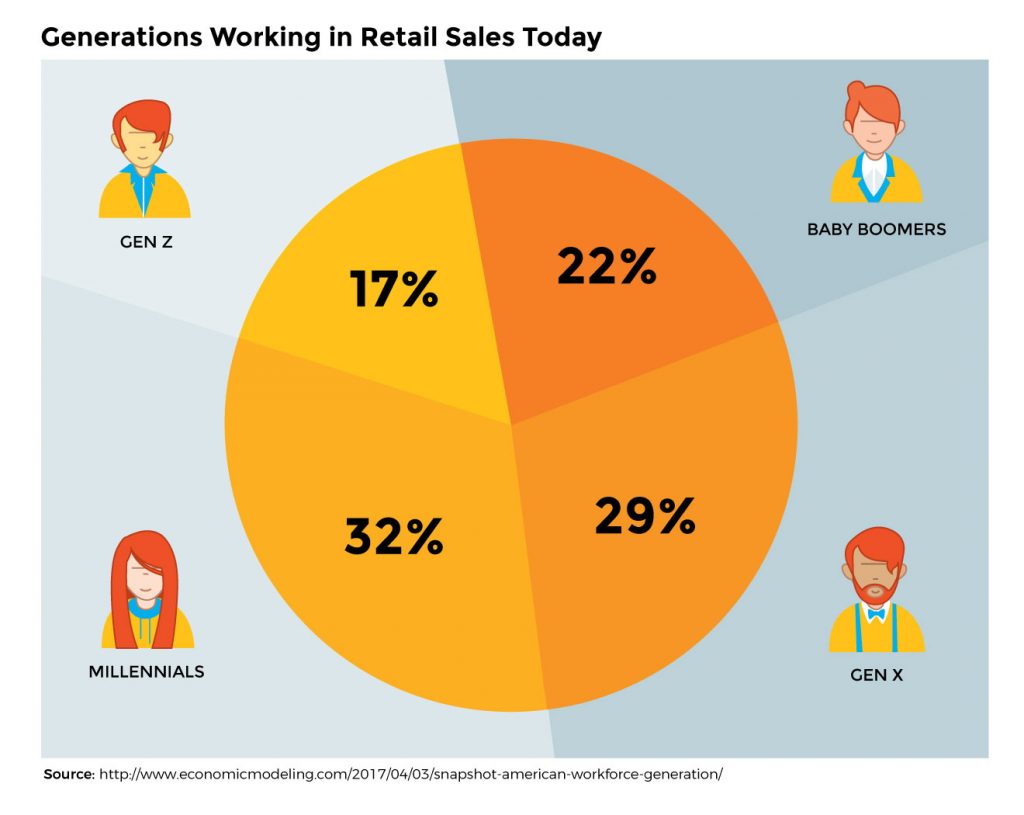
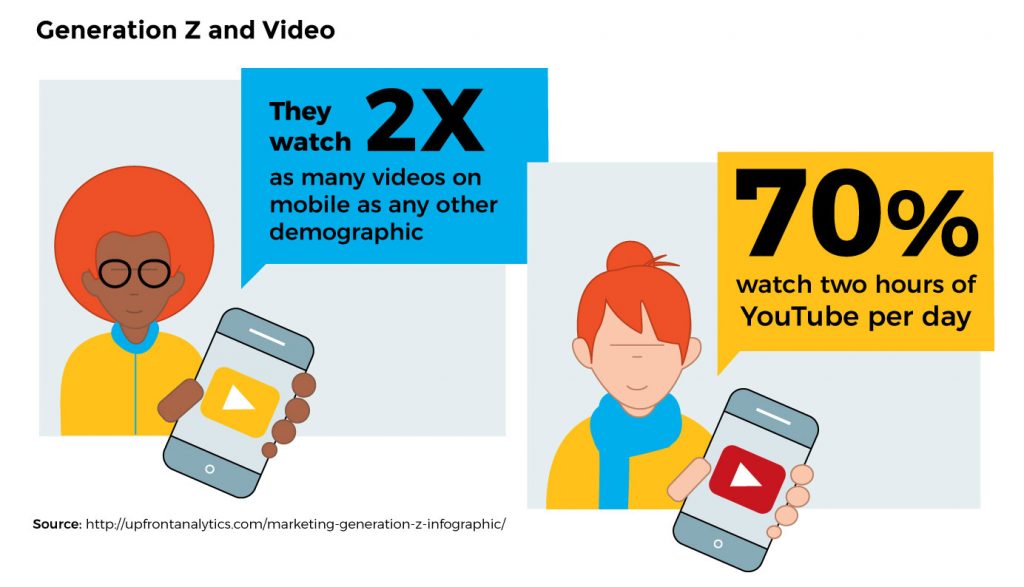 Multiplatform:
Multiplatform: 



